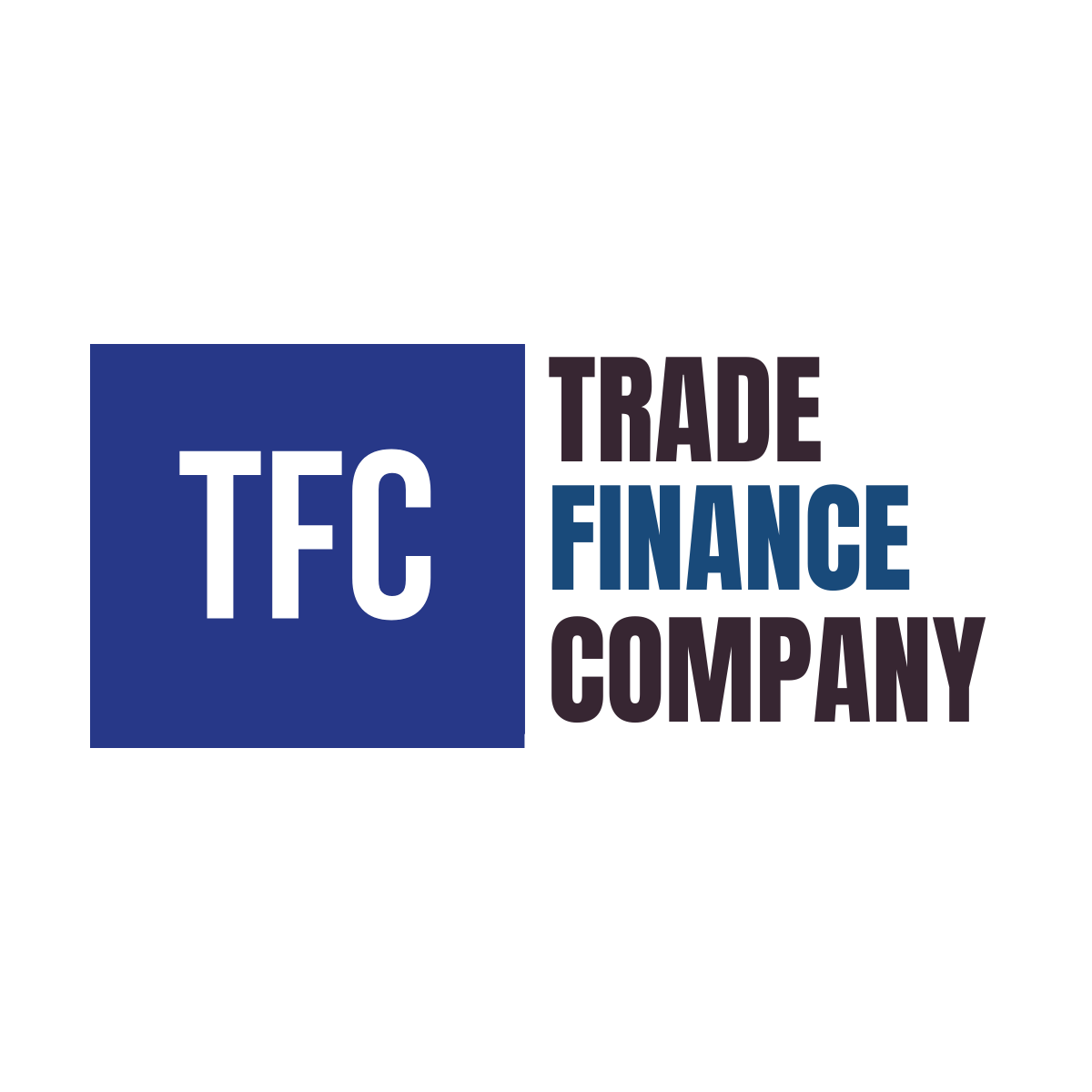Bank Comfort Letters: Gaining Confidence in Business with Financial Assurance
In the high-stakes world of international trade, trust is currency. Whether you are negotiating a multimillion-dollar contract or entering a new market, you need solid proof that your financial backing is genuine. Bank Comfort Letters (BCLs) provide that proof, acting as a written assurance from a bank that a client is financially capable of meeting their obligations.
Imagine sealing a lucrative deal without sleepless nights over whether the other party doubts your financial strength. By the end of this article, you will understand how a Bank Comfort Letter can give your business the credibility and confidence to close agreements faster and with less friction.
Picture this: You’ve spent months cultivating a partnership overseas. The product is perfect, the market is ripe, and the potential profits are life-changing. But your prospective partner hesitates—they need reassurance that you can deliver. That single moment of doubt can stall negotiations or even end them. A Bank Comfort Letter transforms that uncertainty into confidence, replacing awkward conversations with a firm handshake and mutual trust.

“A Bank Comfort Letter doesn’t move money—it moves confidence. And confidence is what closes deals.”
– Trade Finance Industry Expert

By reading further, you will learn: • What a Bank Comfort Letter is and what it is not. • How it strengthens negotiations and accelerates cross-border agreements. • A clear, step-by-step guide to requesting and using one effectively.
Step 1: Clarify Your Purpose
Before approaching your bank, define why you need the letter. Are you securing a trade deal, seeking project financing, or proving your creditworthiness to a supplier? A focused purpose ensures the letter contains the right details and satisfies the counterparty’s concerns.
Step 2: Gather Supporting Documents
Banks require proof of your financial capacity. Prepare recent audited financial statements, cash-flow reports, and any existing contracts relevant to the deal. Having a complete package ready speeds up processing and signals professionalism.
Step 3: Engage Early with Your Relationship Manager
Contact your bank’s trade finance or corporate services team as soon as negotiations begin. Early communication allows the bank to understand the deal structure and advise you on the exact wording and compliance requirements of the letter.
Step 4: Review the Draft Thoroughly
A BCL is a non-binding assurance, so wording is critical. Ensure the letter clearly states that the bank confirms your financial standing but is not guaranteeing payment. Double-check figures, currency, and the recipient’s details to avoid delays or disputes.
Step 5: Present and Follow Up
Once issued, send the letter directly to the counterparty’s authorized representative and request confirmation of receipt. Follow up to address any questions and keep an open line of communication. Timely delivery and proactive engagement reinforce your credibility.



